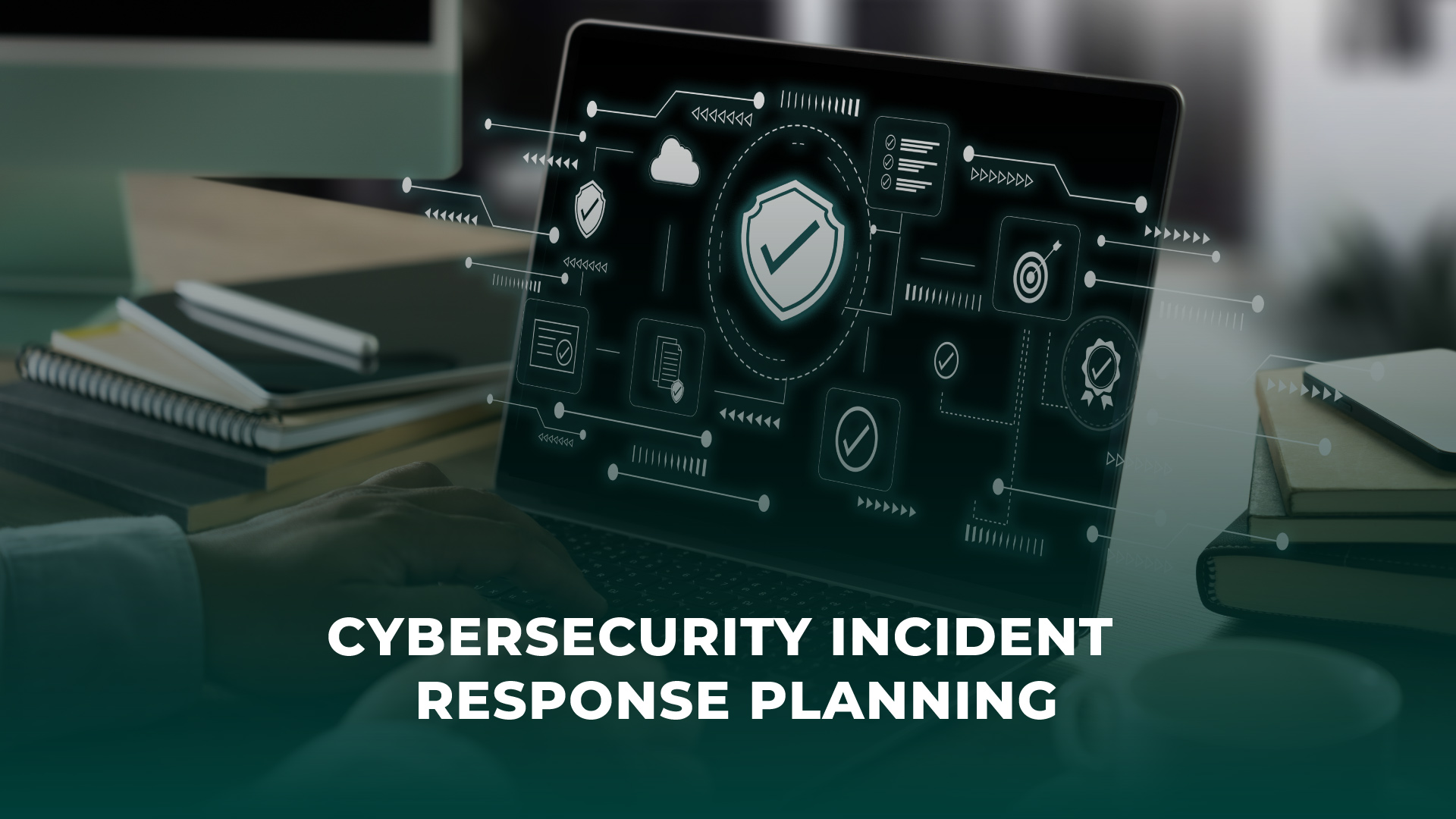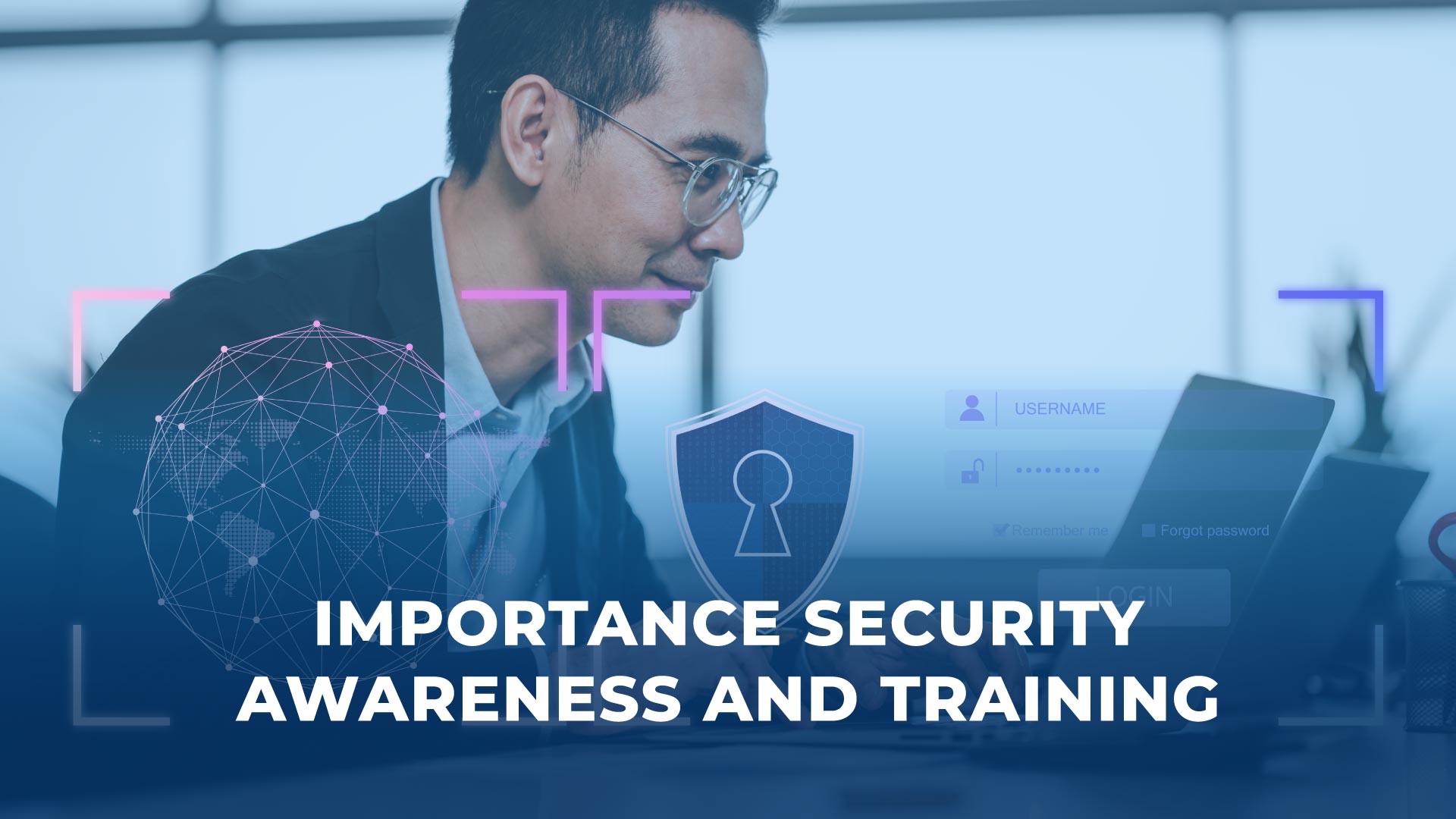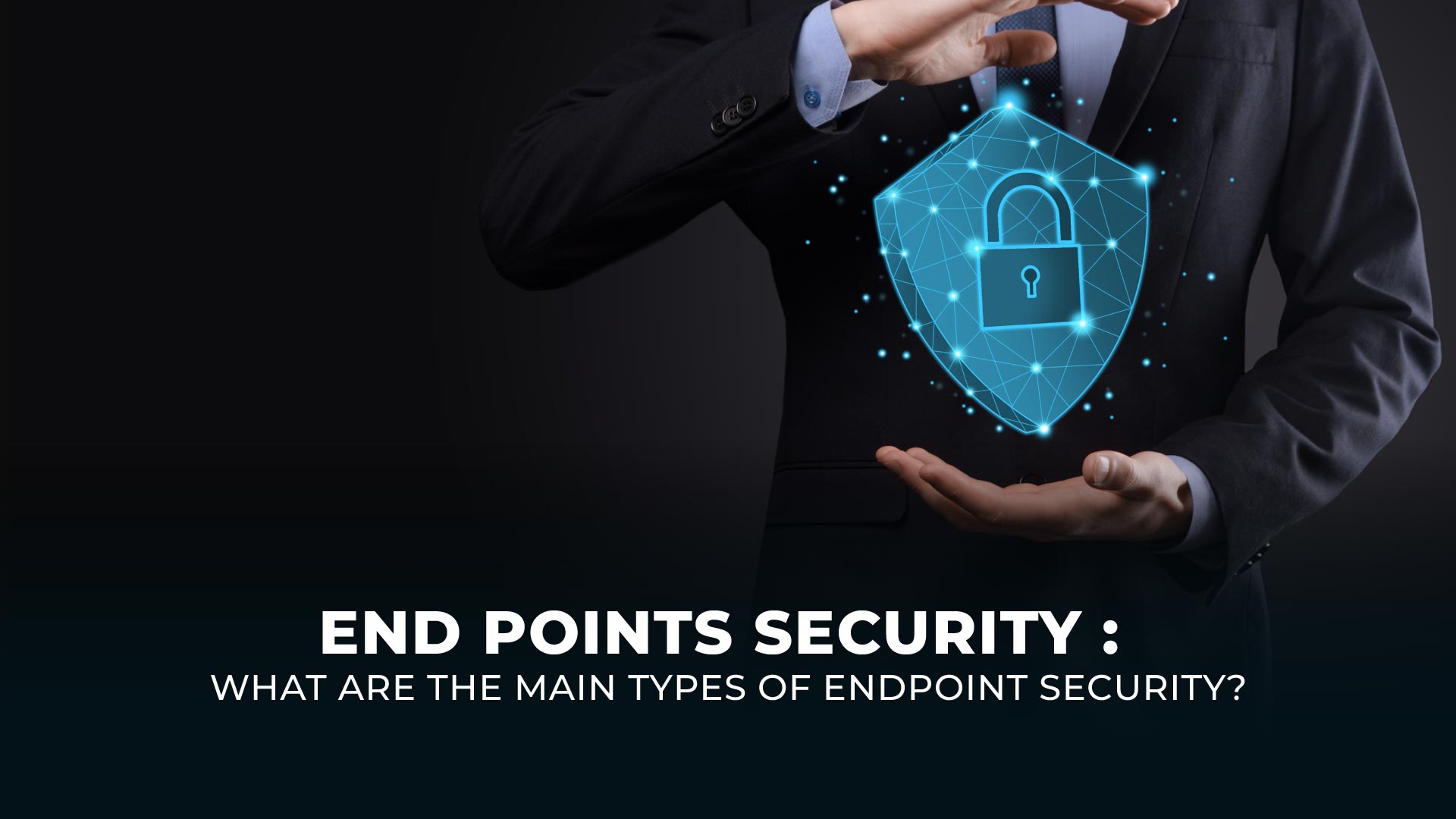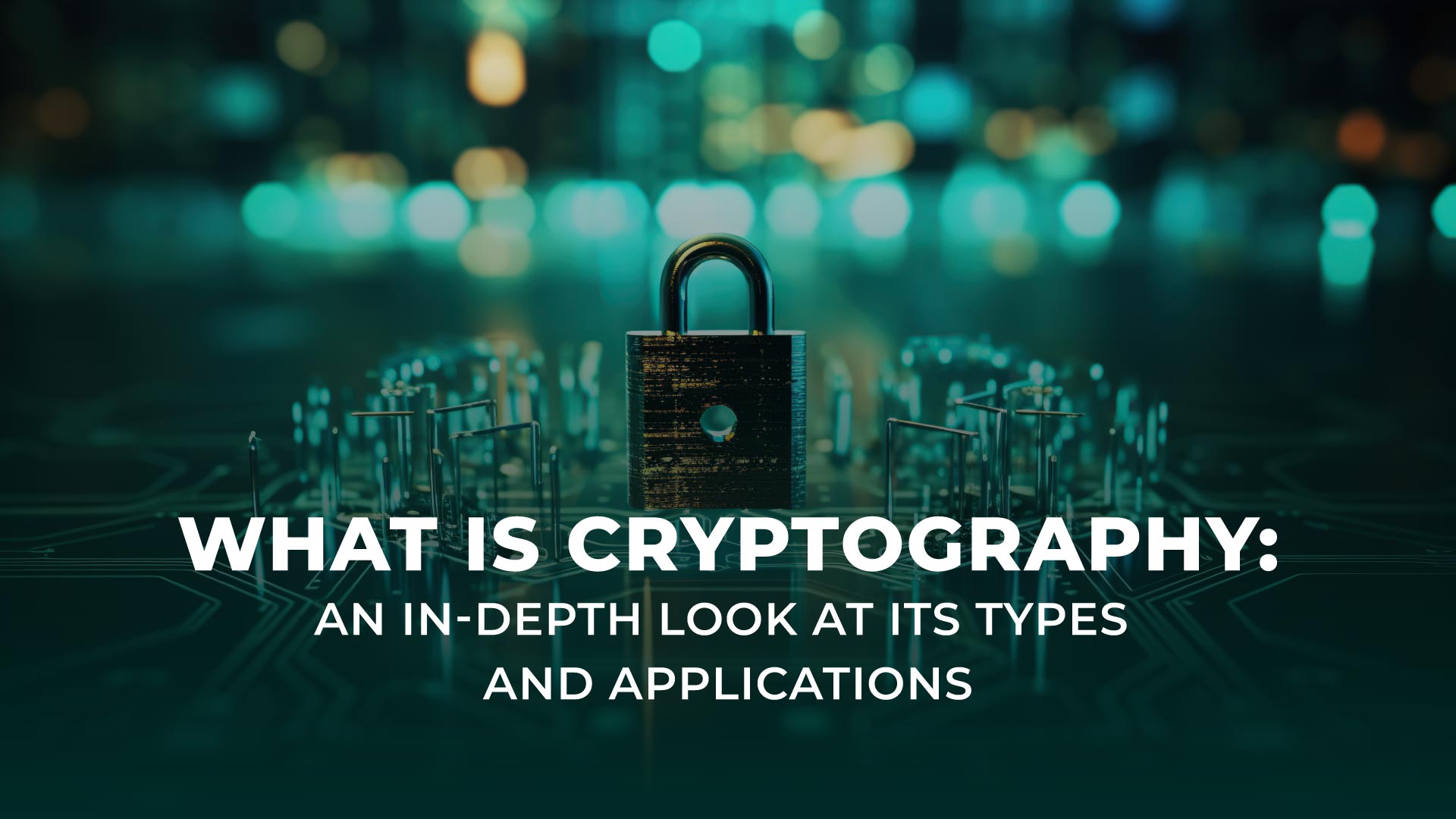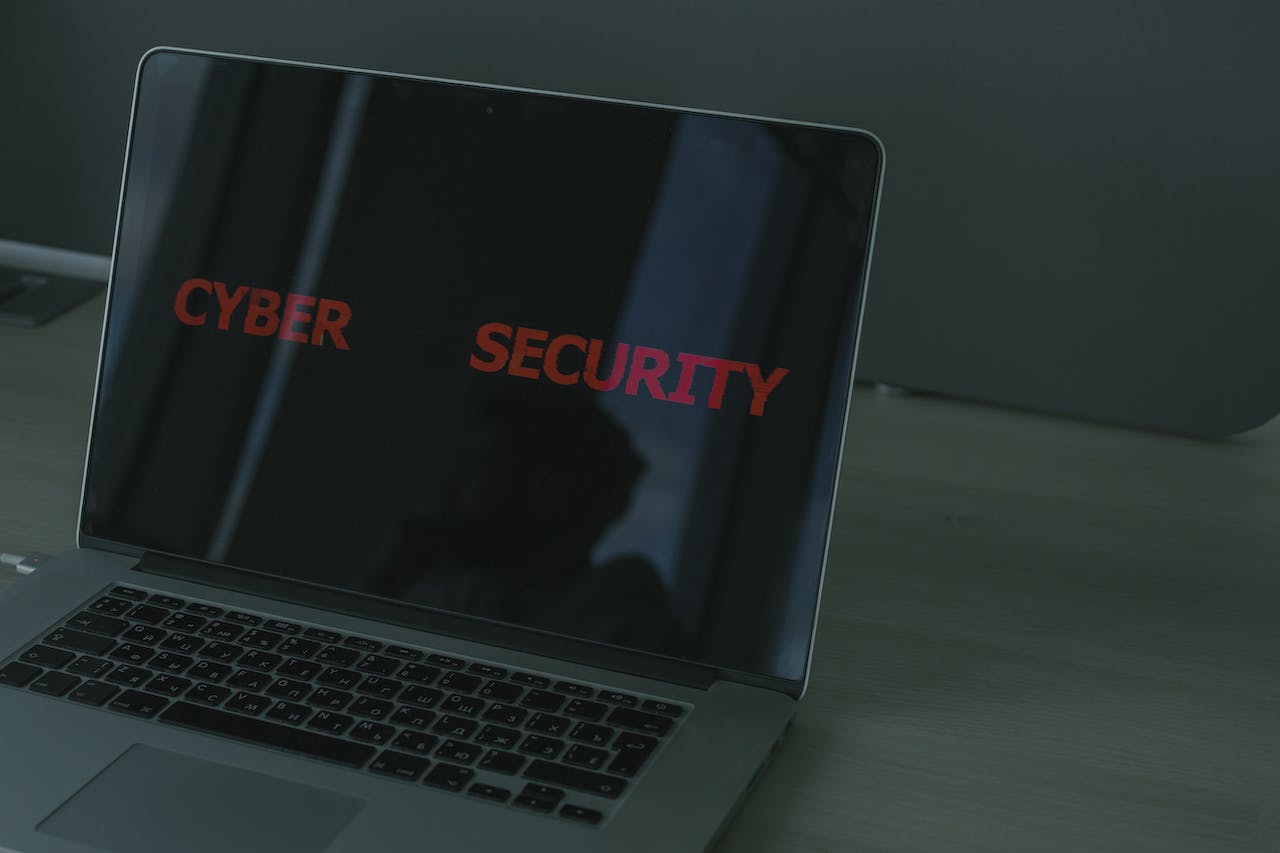How to Use Cybersecurity Services to Protect Your Business
February 12, 2024
Cybersecurity Incident Response Planning
February 4, 2024
Importance of Security Awareness Training
January 29, 2024
NIST Cybersecurity Framework: A Roadmap to Certification
January 10, 2024
How Online Courses Enhance Cyber Security Skills and Knowledge
December 7, 2023


